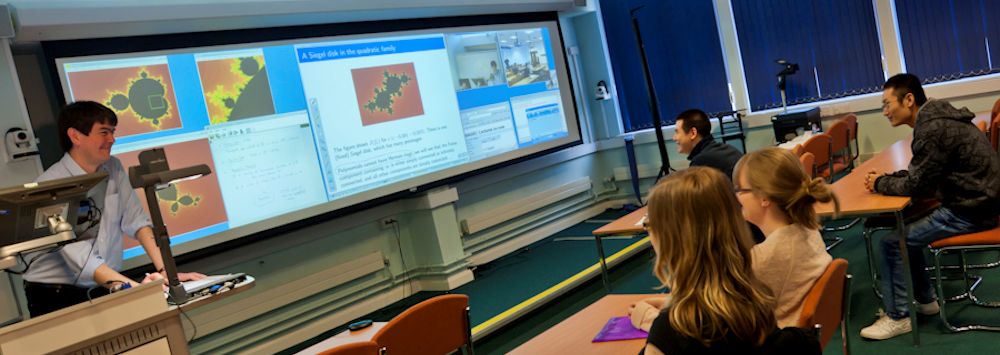
Wednesday 28 February 2024 - Anisotropic power diagrams for polycrystal modelling: efficient generation of curved grains via optimal transport
Dr. Maciej Buze (School of Mathematical and Computer Sciences, Heriot-Watt University, UK).
Where: In-person, room 104 in the math building. Also on Zoom via
https://liverpool-ac-uk.zoom.us/j/97615683533?pwd=SWVxVXNnRmRCaUVlUkNINlRxNm94Zz09
Meeting ID: 976 1568 3533
Passcode: m1LJJ$nU
Title. Anisotropic power diagrams for polycrystal modelling: efficient generation of curved grains via optimal transport
Abstract. The microstructure of metals and foams is often modelled using power diagrams, a general class of tessellations which includes the well-known Voronoi diagrams. While power diagram-based approaches can generate complex microstructures in a matter of seconds and require a relatively small number of parameters, the idealised grains they produce are inherently unrealistic - they have flat boundaries and any spatial anisotropy they possess is solely determined by the relative location of seed points of neighbouring grains and not by the preferred growth directions of each grain. Curved boundaries and control over the anisotropy of individual grains can be achieved by employing anisotropic power diagrams (APDs), with several promising APD-based approaches explored in recent years by various authors. One obstacle in the wider adoption of APDs as a practical tool for modelling the microstructure of metals is the computational cost of generating them. Known efficient methods for generating power diagrams do not translate to the anisotropic setup and known techniques for generating APDs are drastically slower - while the usual runtime to generate a power diagram with grains of given volumes is (tens of) seconds, for APDs it ranges from (tens of) minutes to (tens of) hours. In this talk I will begin by providing a brief overview of (anisotropic) power diagram methods in geometric modelling of polycrystalline materials and subsequently present a novel approach to generating APDs with prescribed statistical properties, in which we combine semi-discrete optimal transport techniques with modern GPU-oriented computational tools, originally developed for the Sinkhorn algorithm. Our method succeeds in bringing the runtime to generate optimal APDs down to (tens of) seconds, which is fast enough to be used, e.g. in computational homogenisation. I will finish by showcasing the speed and the versatility of our method with several examples, including ones based on Electron Backscatter Diffraction (EBSD) measurements provided by our industrial partner, Tata Steel. This is joint work with David Bourne (Heriot-Watt), Jean Feydy (Inria Paris), Steve Roper (Glasgow) and Karo Sedighiani (Tata Steel).
The list of CMIT talks can be found at http://pcwww.liv.ac.uk/~aalpers/CMITSeminar.html